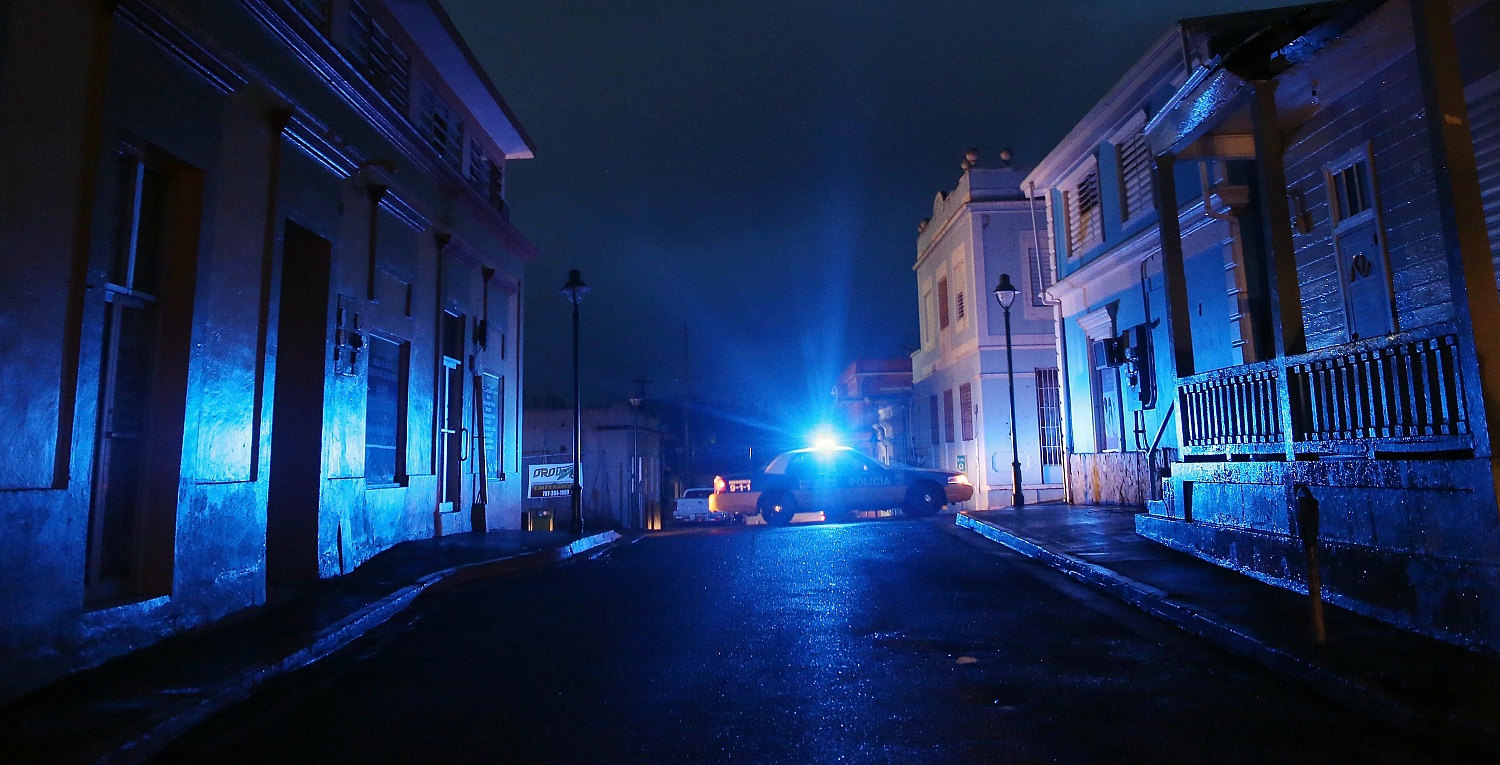La Paz, BCS – The power grid south of the 28th parallel is at the limits of its electrical generation capacity with rolling power blackouts on the horizon as record level power consumption is reached; 590 MW in a single day with the peak consumption around 4 in the afternoon.
The blackout affected thousands of families from approximately 20 different neighborhoods in La Paz.
Several drinking water wells around La Paz were also affected, leaving thousands of users in various neighborhoods without any water supply, especially in the Central and Northeast areas of the capital.
According to CFE (Federal Electricity Commission), it was not a programmed blackout, or a “tiro de carga,” such as those seen over the last three years but was caused by “2 large power transformers at the La Paz Substation going offline.”
The cause of the transformers going down was not disclosed and whether it was due to lack of maintenance or other factors was not confirmed.

Power brownouts reported in La Paz
In other areas of the city, power brownouts were reported, causing some A/C units and refrigerators to shutdown or even breakers to switch off. Brownouts are caused by high electrical demand that is near or above the production capacity of local utility operator and in response they will reduce the flow of electricity to certain areas to prevent a complete blackout.
CFE sources have reported that since last week, the local power grid has been running at peak production capacity and if the weather should get any hotter, the increased demand from A/C and refrigeration units may result in more rolling blackouts as the region experienced over the past three years.
In an interview, Jaqueline Valenzuela – the Director of the Center for Renewable Energy and Environmental Quality reported a power demand of 590 MW was reached in recent days, surpassing the previous record of 540 MW from 2019 and when the rolling blackouts began across BCS.

She explained that off peak season consumption varies 350 and 380 MW and that in spite of the system reporting an installed generation capacity of approximately 1,000 MW, the real capacity is closer to 540 MW due to the fact that not all of the generating plants are operational and online at the same time.
Based on the recent power consumption levels, she could not rule out the possibility of more blackouts / brownouts for the remainder of the summer season, reminding us that the historically peak consumption month of September is still ahead.
The local grid will benefit this summer from the addition of the new wind farm with an installed capacity of approximately 30 MW while the much larger wind farm at Pichilingue (113 MW) is not yet operational.







Responses